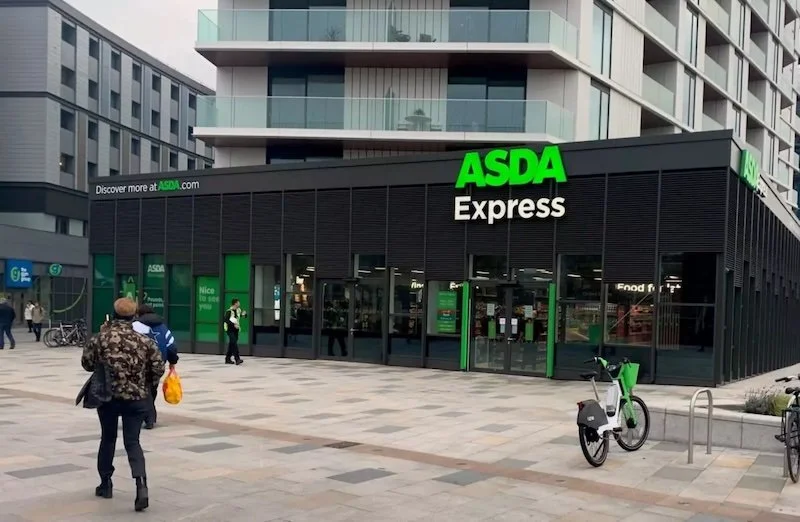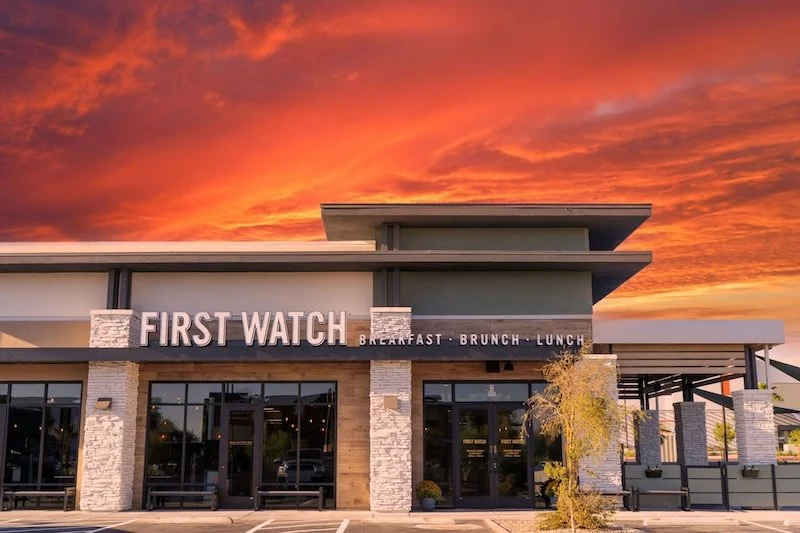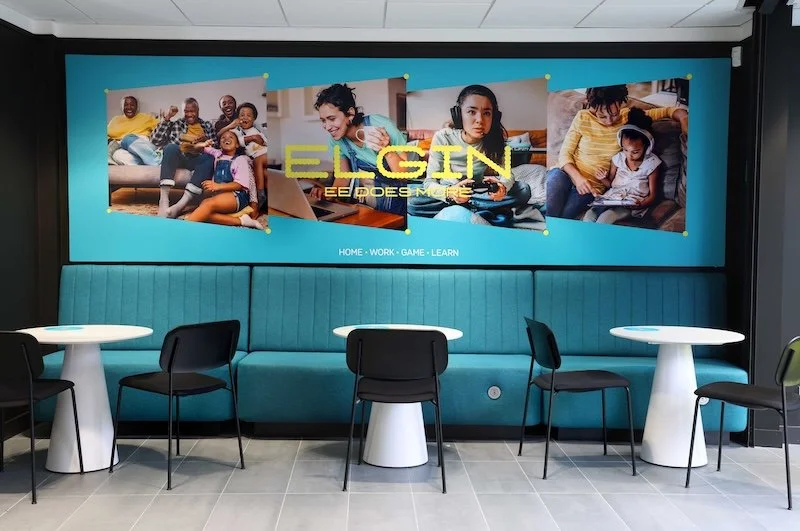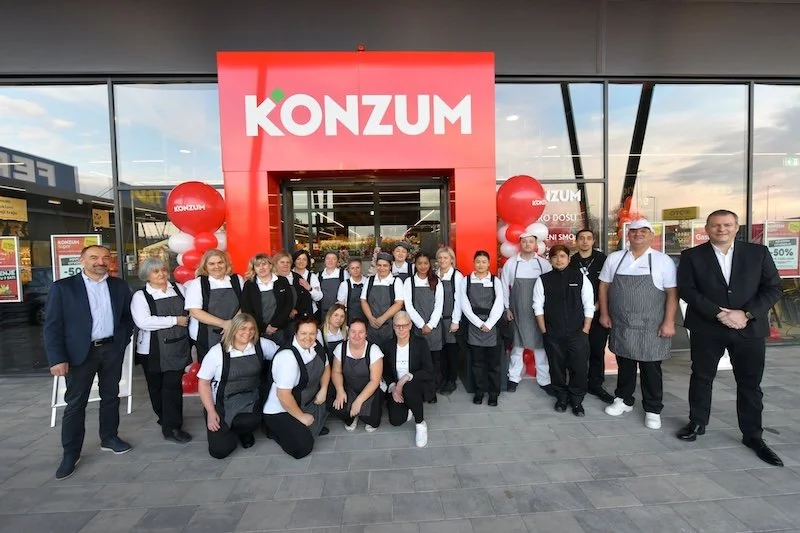Outdated grocery stores must embrace innovative retail technology solutions
The grocery stores of today were designed for another era. The first one in the US opened in 1916, with very little having changed since then. And the best way forward is to deploy checkout free technology and micro-fulfilment centres.
That’s the view of supply chain consultant and former Amazon executive, Brittain Ladd.
In a LinkedIn post, he says: “As part of my annual review of grocery shopping during the holidays, I visit 33 grocery stores in five different cities to experience first hand what consumers are going through. What a disaster.”
He adds: “The bottleneck in all grocery stores not named Amazon Fresh or Amazon Go, is the Stone Age checkout process utilising cashiers.”
Ladd concedes that improving grocery stores can’t be done with the snap of a finger. There are, however, solutions, he argues.
“In 2010, I designed one of the first in-store micro-fulfilment centres (MFCs). In 2013, I wrote about how Amazon could build what I referred to as 'multi-format stores' capable of fulfilling online and in-store grocery orders using automation located on a top floor or in a back room.”
John Lert, founder of the Alphabot by Alert Innovation, created a similar but better design of a grocery store that leverages automation inside a store to fulfil orders, the Novastore, Ladd notes.
“I created my design because I believe it is impossible for any grocery retailer paying a human to pick and deliver an online order to make money,” he comments.
“I know for a fact that grocery retailers lose money on every online order they fulfil. When customers shop in stores, they pick their own orders for free. When a retailer fulfils an order, those are additional costs that they must cover, not the customer.”
The only logical solution, Ladd believes, is to place MFCs inside stores, or in a building next to a grocery store, to fulfil orders. The average manual pick rate is 80 items per hour. Automated MFCs can pick as many as 800+ items per hour.
As for dark stores, if grocery retailers open them they are creating a competing business that also requires its own supply chain.
“As the dark stores become more successful, they will cannibalise sales from their grocery stores. Their grocery stores have fixed costs. As sales decrease at the store level, the stores stop being profitable.”
Ladd concludes: “The model I designed allows grocery retailers that install MFCs to also eliminate the need for cashiers. It is a little known feature. I’m amazed that more grocery retailers aren’t embracing this model.”










Continue reading…